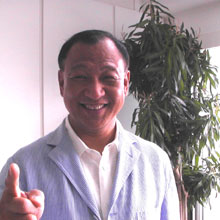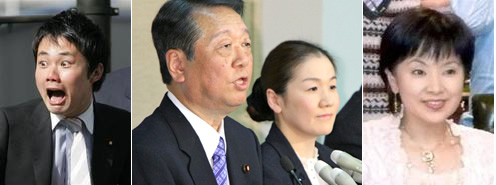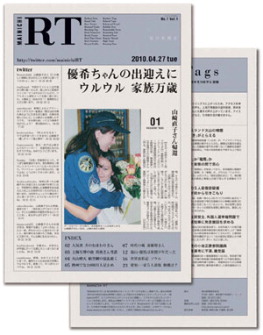There are two inspirations for this post. The first is a recent blog post by James Fallows (who is exactly the person I would have become if I became a “real” journalist) at The Atlantic: Essay Question: Is AZ More Like China — or Like France? Amid discussion of the new illegal-immigrant-weeding laws in Arizona, specifically the fact that Americans don’t generally have to carry ID around with them, one Fallows reader in France chimes in:
The French must always have their National ID card on them – for the police can demand to see it at any and all times.
Foreigners, in principle, must always have a piece of ID on them – like a passport. I never carry this with me – in 14 years of living here, I’ve never had my passport on me except when I’ve been on my way to the airport and going abroad. But I’m white and look (sometimes sound) French of Gaullish stock. The police, in the vast majority of cases, stop and demand ID papers from youngish (under 40) males of African or Arab descent, be they French nationals or no.
It is not a well-looked upon practice of the police, but the French aren’t adamant enough against it to seek its abolition. As far as I understand, such identity checks have been a long staple of police work in France going back to the Revolutionary/Napoleonic era wherein the State underwent a reinforcement of its prerogatives over the citizenry.
Japan falls in between the American and French models: Japanese citizens are not required to carry ID, but foreigners in Japan have to carry a passport or alien registration card at all times, and the police have a habit of carding visible foreigners at random. Until last month, this had only happened to me a couple of times when I was bicycling around Tokyo, and one of those times I was able to shake off the cop by simply saying I was in a hurry.
Inspiration number two. Last month, six of my family members flew in from the US for the wedding. I took the train out to Narita to meet them on arrival. Their flight arrived 15 minutes ahead of schedule, so I started hustling quickly out of the station to get upstairs to the arrivals hall. A few seconds out of the station gates, a cop with his partner called out to me in English:
COP: Excuse me–(points at watch) Do you have a minute?
ME: (without stopping or slowing down) Nope, sorry. I have to meet someone upstairs.
COP: Oh, OK!
That was the end of that checkpoint, and I proudly announced my triumph on Twitter.
Fast forward a few days, and my family were headed back home, so again I went to the airport to see them off. They checked in before I arrived at the airport, so I met them in the ticketing hall at Terminal 2, and we sat down to relax for a while together before they left.
Two cops appeared from around the corner and made a beeline for the group of seven white people, saying “Excuse me? Passport check?”
My family all had their passports out already, and haven’t read Debito’s website, so they handed the passports over and the police started copying down their names and passport numbers with pencil and paper. I was about to pop, but tried to keep cool.
ME: Can I ask you guys something? There is no way to get into this airport without showing your ID to someone. Why do you have to check it again?
COP: It’s for security reasons.
ME: So you don’t trust the people checking our ID when we get off the train?
COP: Um, do you know what shokumu shitsumon (“official questioning”) is?
ME: I’ve heard of it.
COP: We just ask these questions. Your cooperation is completely voluntary.
ME: Really? You didn’t make that clear at all to my family.
COP: Errrr…. well, we don’t know how to say that in English.
ME: You work in an international airport and you can’t speak English? OK, whatever. I’m not traveling, I’m just seeing my family off.
COP: OK. Sorry to take up your time.
They didn’t check my passport, so it was a lukewarm victory. The police then hit up a couple of South Asians behind us, and disappeared around another corner without questioning anyone else. My father and sister both laughed and said “I think we were just racially profiled” — a bilingual Japanese lady they were talking to apologetically remarked “I don’t know what their problem is.”
About five minutes passed and another pair of police appeared demanding our passports. At this point I popped.
ME: You dumbf—s just asked them for their passports! Don’t you have anything better to do?!
COP: Oh. Sorry!
Strangely, there was no questioning when my wife and I came back the next day for our flight to Europe, or when we came back a few weeks later — though we passed a couple of white backpackers getting carded before going through the train station gates at the airport. I can only surmise that under Japanese law, an East Asian companion may implicitly substitute for a passport or alien registration card. That said, I would not try any similar stunt with European cops, who all seem to have submachine guns, military experience and serious attitudes, unlike their hapless Japanese counterparts.






